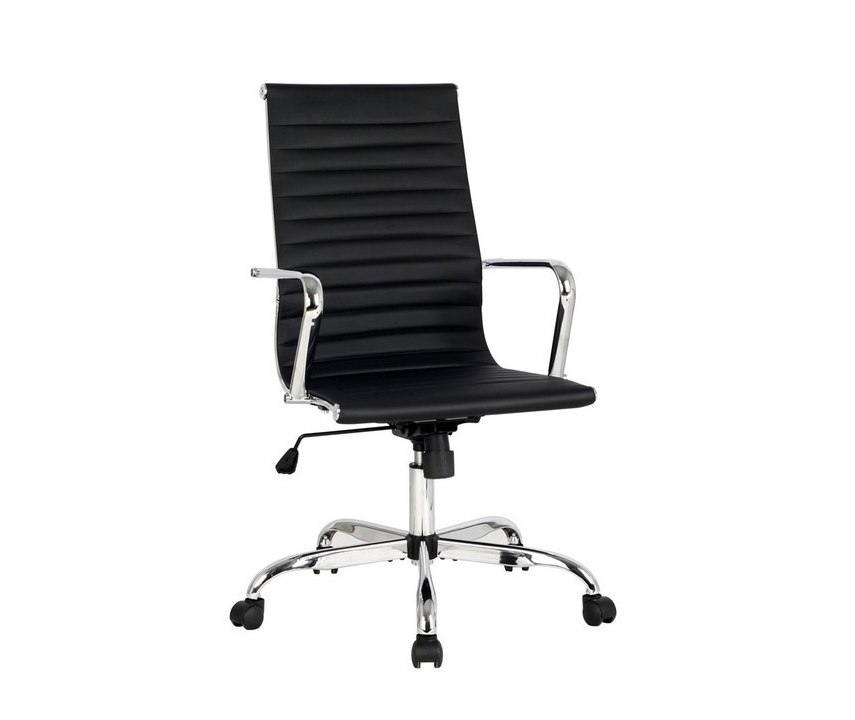Conference Room Chairs are NOT for Prolonged Sitting
Frequently I see workers sitting in conference room chairs for 6 to 8 hours a day as their computer workstation task chair. Conference room chairs are designed for a person to sit in for a short duration and for the person to be conversing and not working on a computer. In order for a chair to be ergonomic, it must be fully adjustable, and the adjustments should be easy to make from a seated position.

Features to look for in an Ergonomic Chair in Order of Importance:
Appropriate Weight Limit Capacity:
Given the potential for a catastrophic injury due to a collapsed chair and the obesity epidemic in the United States, I place this at the top of the list. Most chairs have a weight capacity of 250 to 300 pounds. You may need to get a bariatric ergonomic chair for employees who weigh more than the average chair’s capacity.
Height Adjustable:
The feet must be firmly on the floor, and the hip should be slightly higher than the knee. If the worker is short, use a footrest. For tall workers, use a tall cylinder.
Adjustable Lumbar Support:
The worker should have firm support in the curve of the low back, and the lumbar support should be vertically adjustable. Additionally, the attached air pump allows users to adjust the pressure entering the spine.
Adjustable Seat Pan Depth:
Many times, the seat pan is too deep, and this prevents the worker from sitting fully back into the chair and having the lumbar spine supported. An appropriate seat pan depth will prevent people from perching on the front part of the chair. There should be 2-4 fingers width between the front of the chair and the back of the knees.
Adjustable Back Rest Tilt:
The backrest should have the ability to change angles from an upright seated position to a reclined position. It should also have a locking mechanism allowing the worker to lean back into the chair without the back-rest reclining.
Adjustable Arm Rests:
Keep arms close to the body and ensure armrests can move in and out for wide or narrow frames. Additionally, the armrests should move vertically to accommodate torso length and require padding with gel or memory foam. A nice additional feature is for them to slide forward, backward and tilt towards the keyboard.
Also, I highly recommend finding a vendor who is an expert in ergonomic products and not just a salesperson. There is a big difference and it is challenging to find the former. I recommend finding a local vendor as well; someone who can bring you samples and sell you used chairs is ideal. If you could pay $600 for an excellent used ergonomic chair, that is much better than paying $300 for a brand-new mediocre chair. A high-quality ergonomic chair will last for many years, sometimes decades. My personal chair is over 10 years old and in perfect condition, aside from expected superficial damage, and continues to be fully functional and supportive. There are a lot of high-quality chairs to choose from, and finding the right one can be difficult. Feel free to send a message to me if you have any questions or would like further assistance.
An article by Paul Krewson, Founder & Chairman of Peak Ergonomics, Inc.
